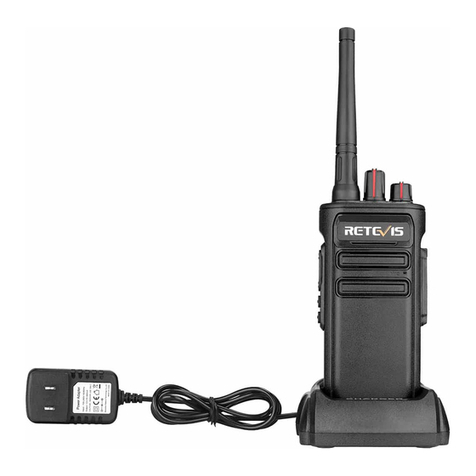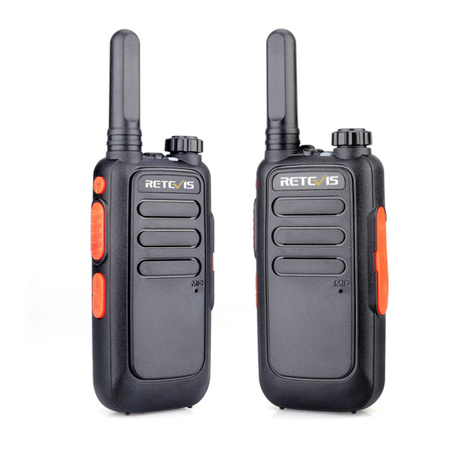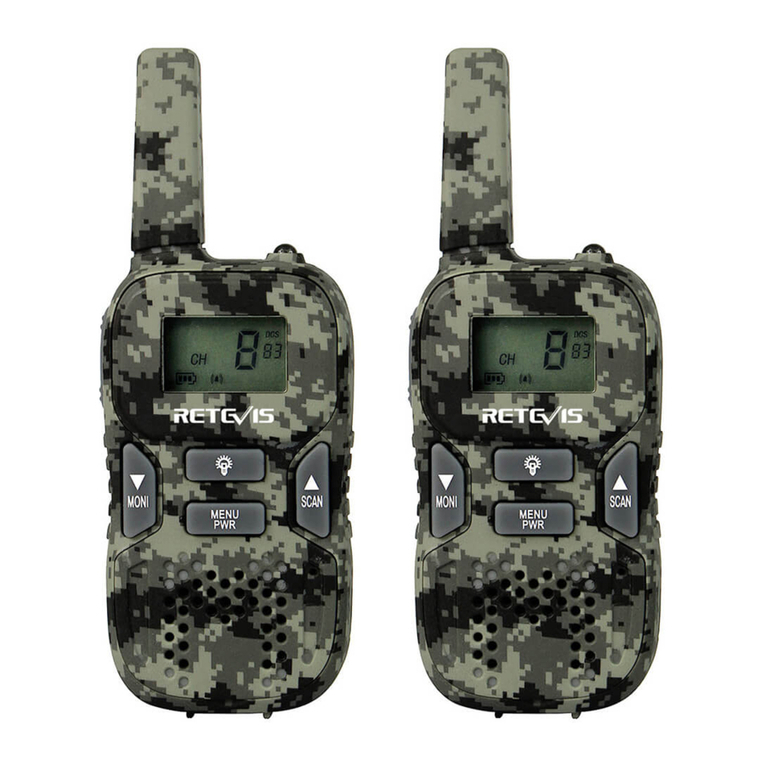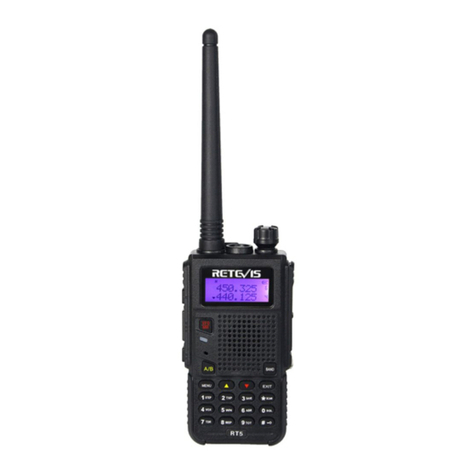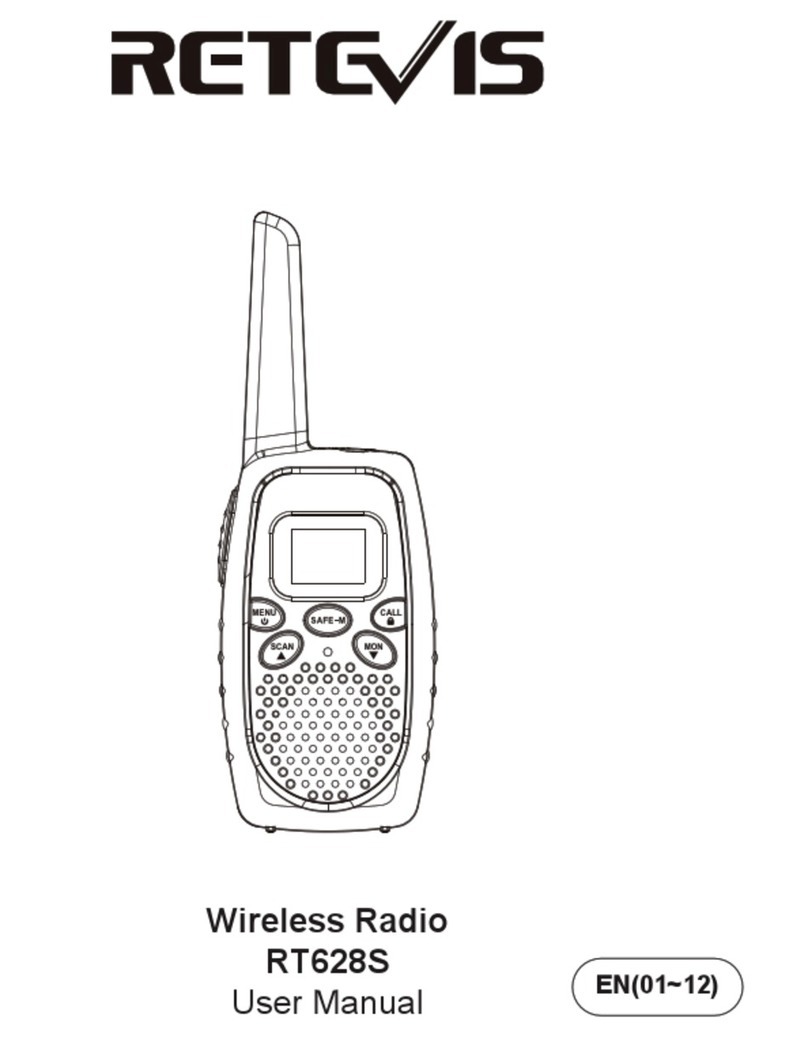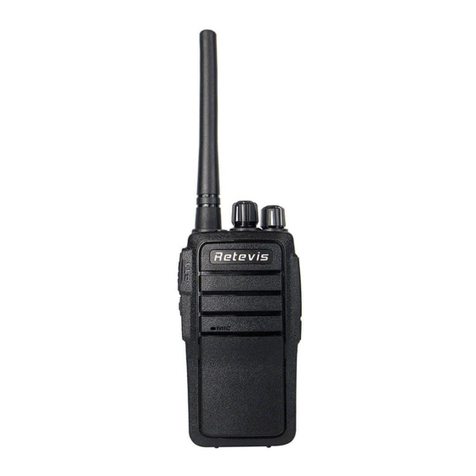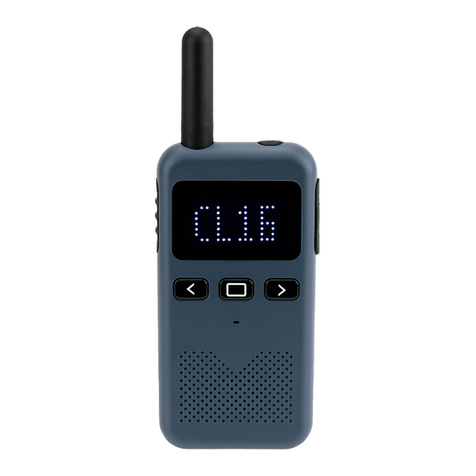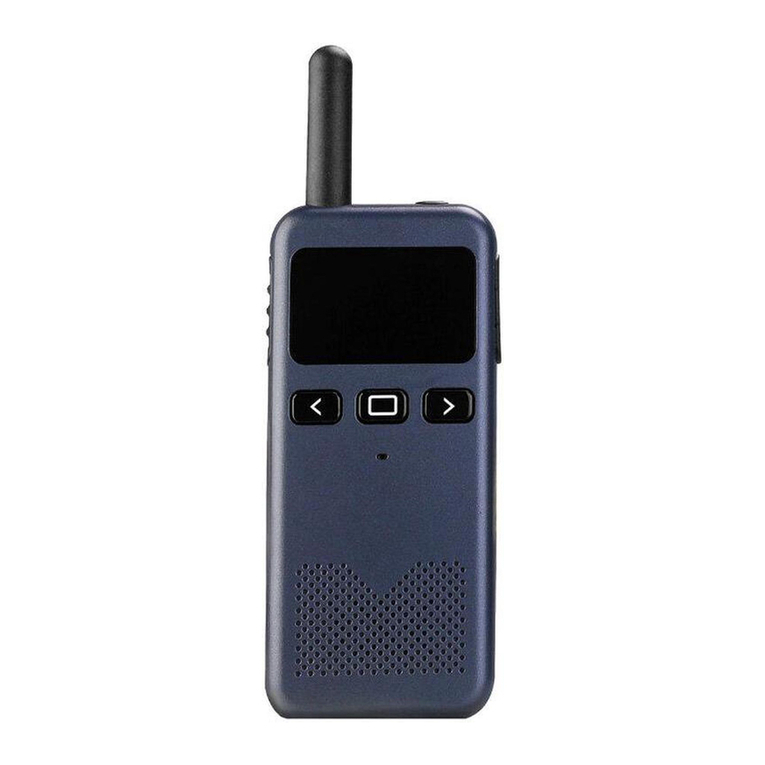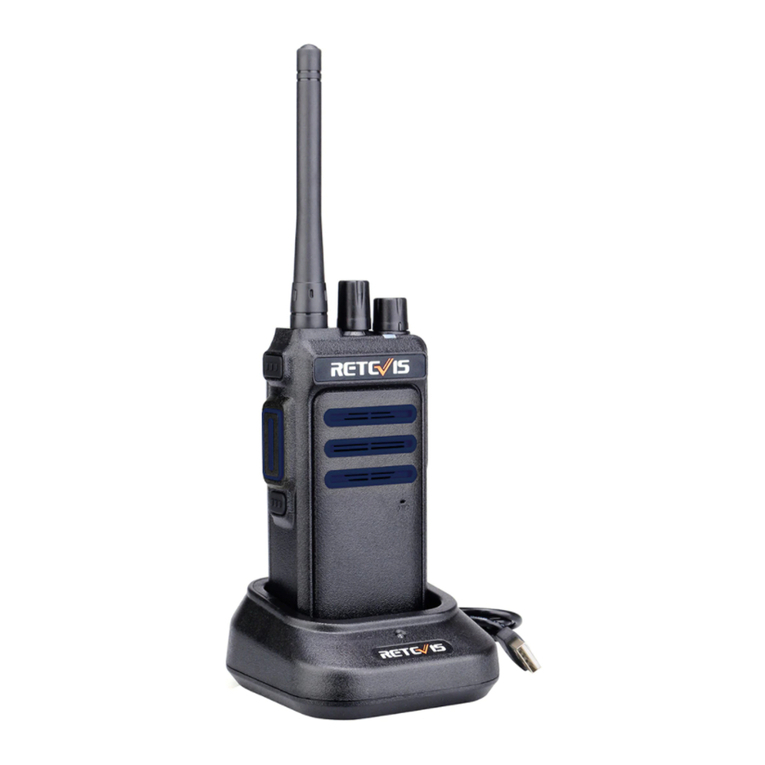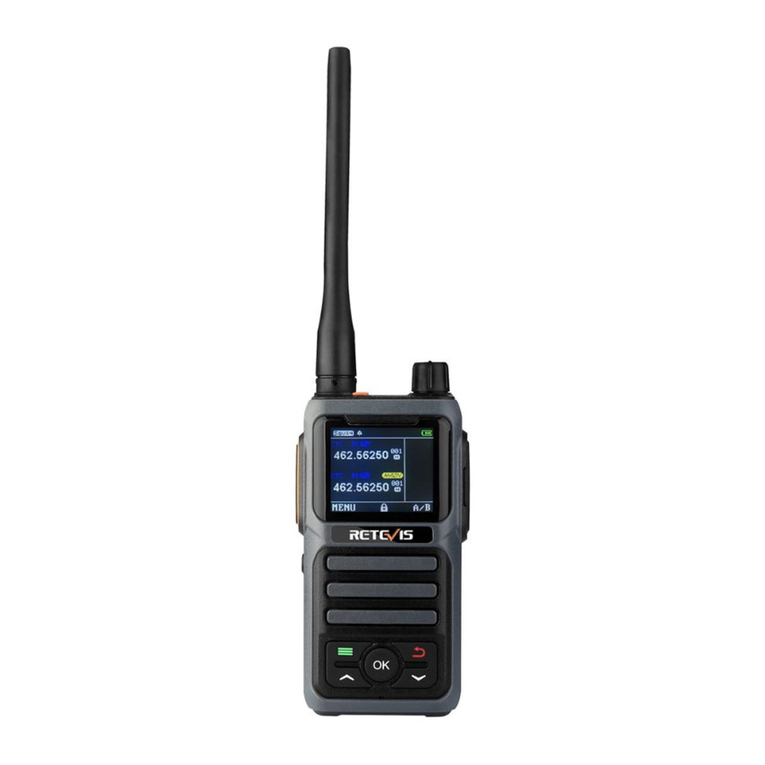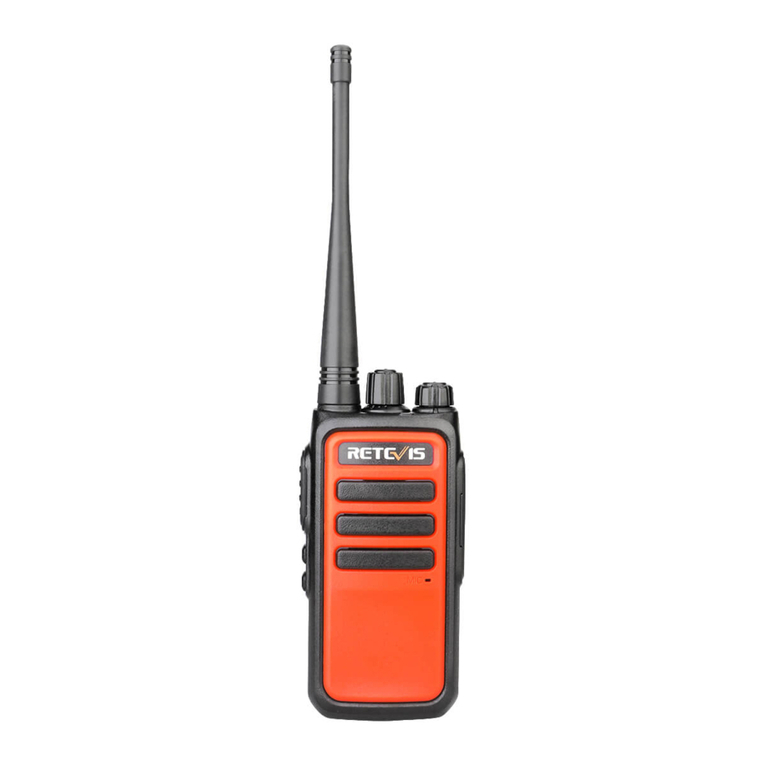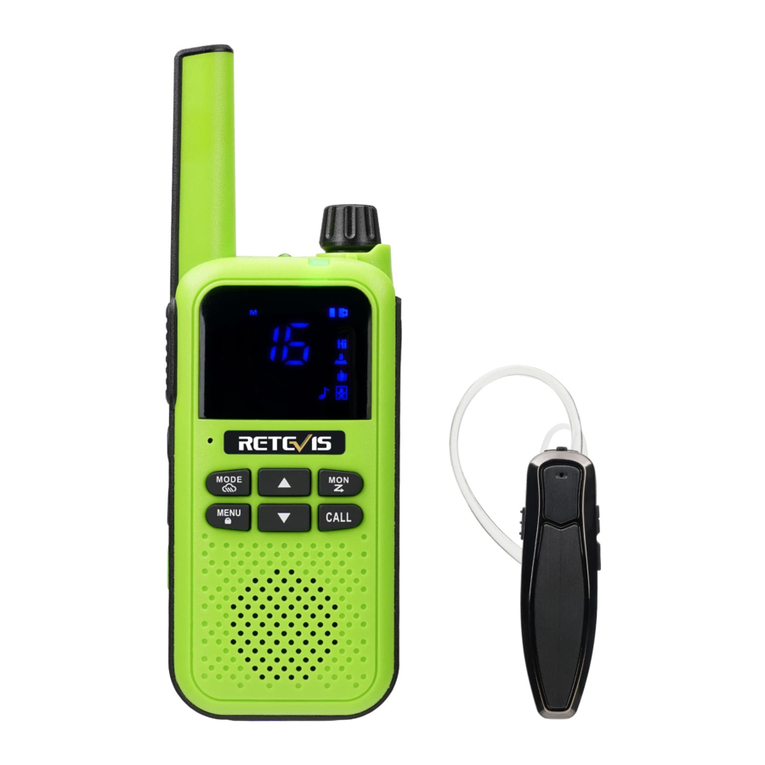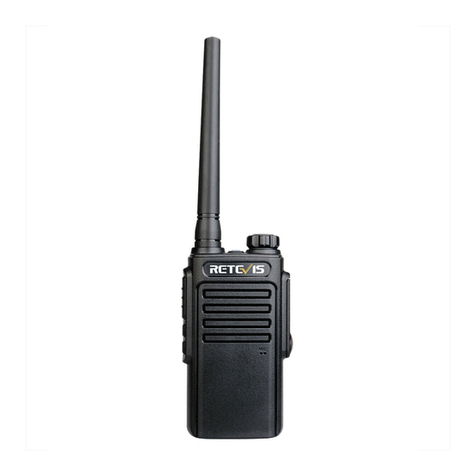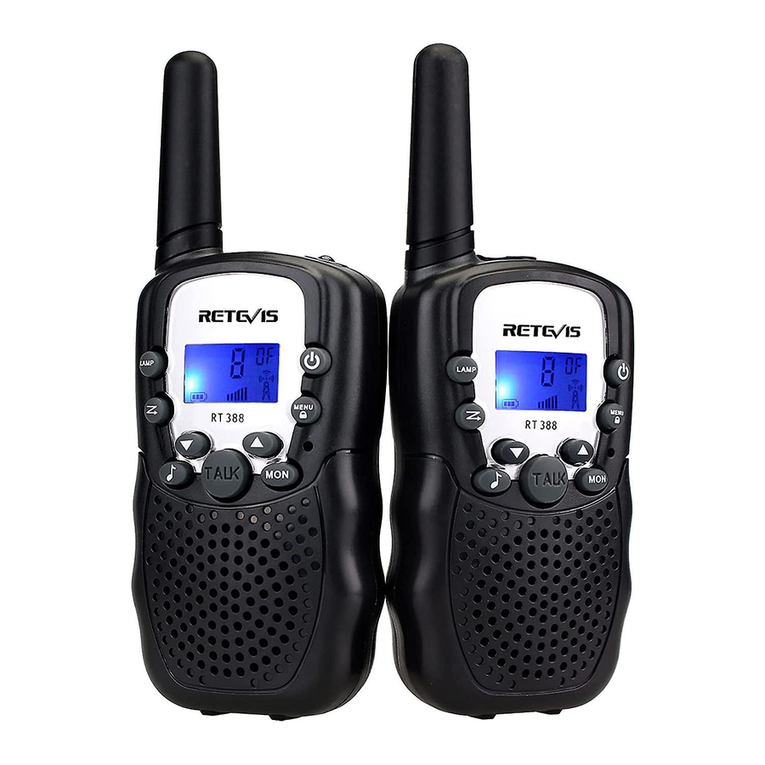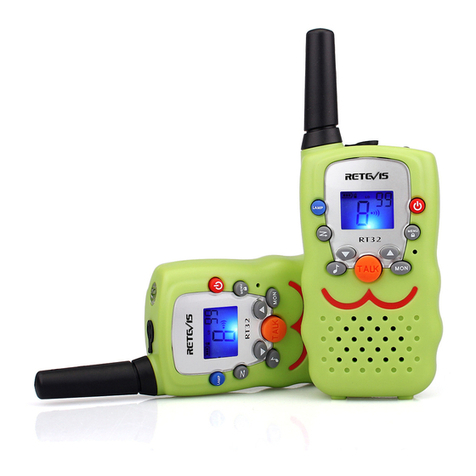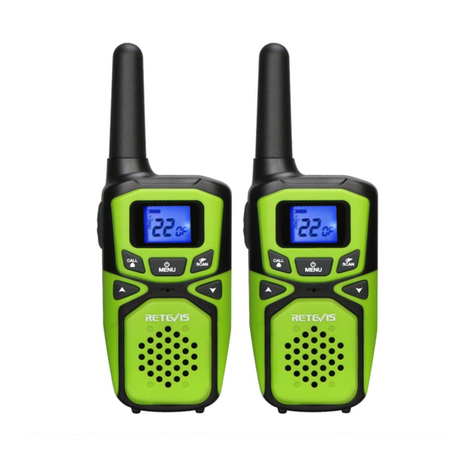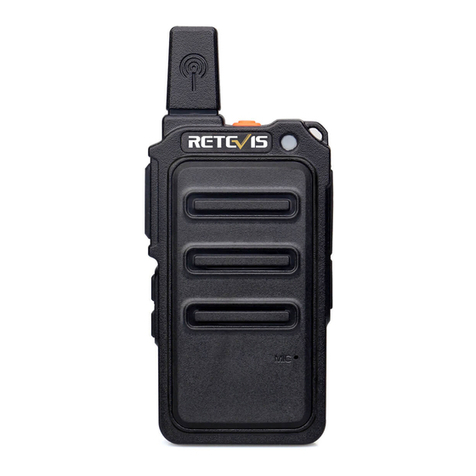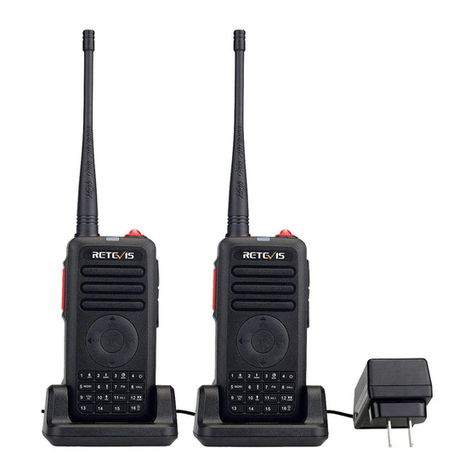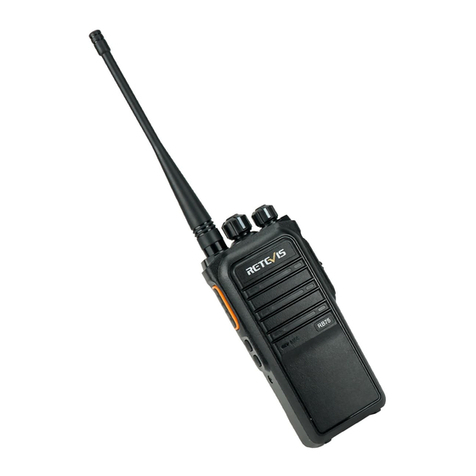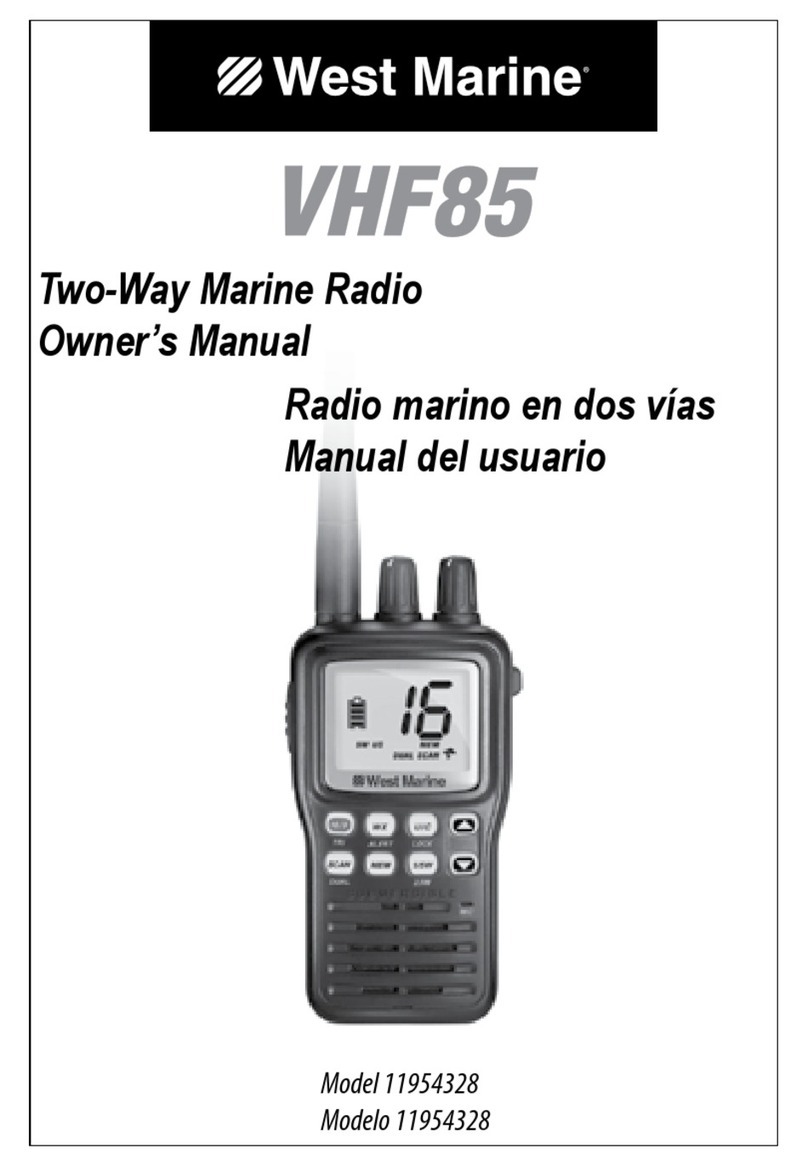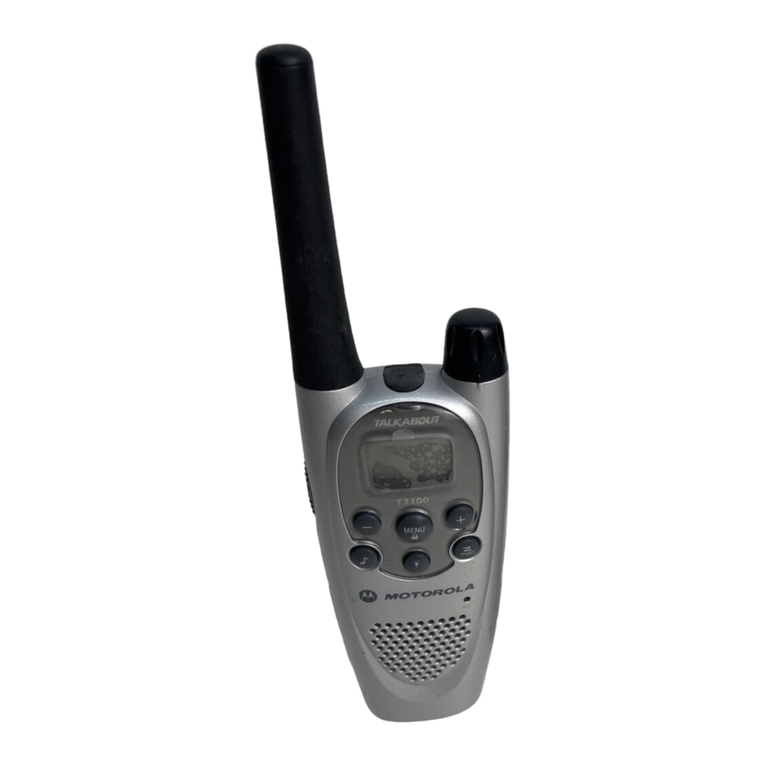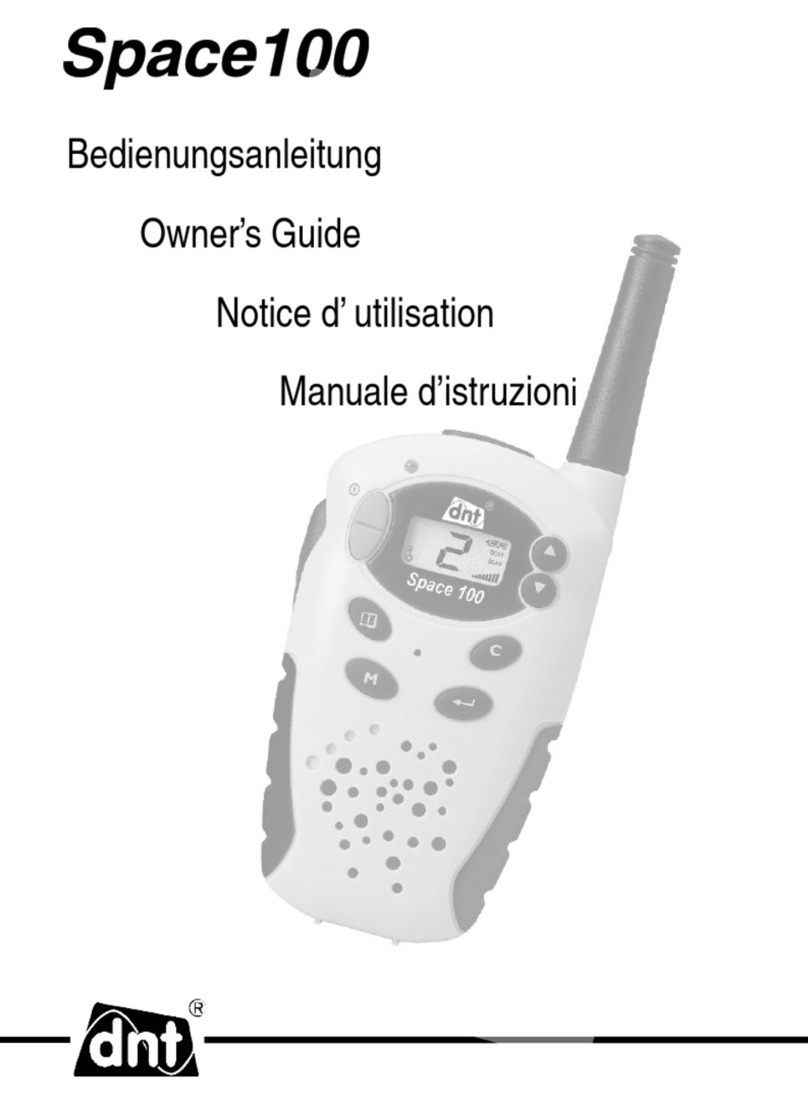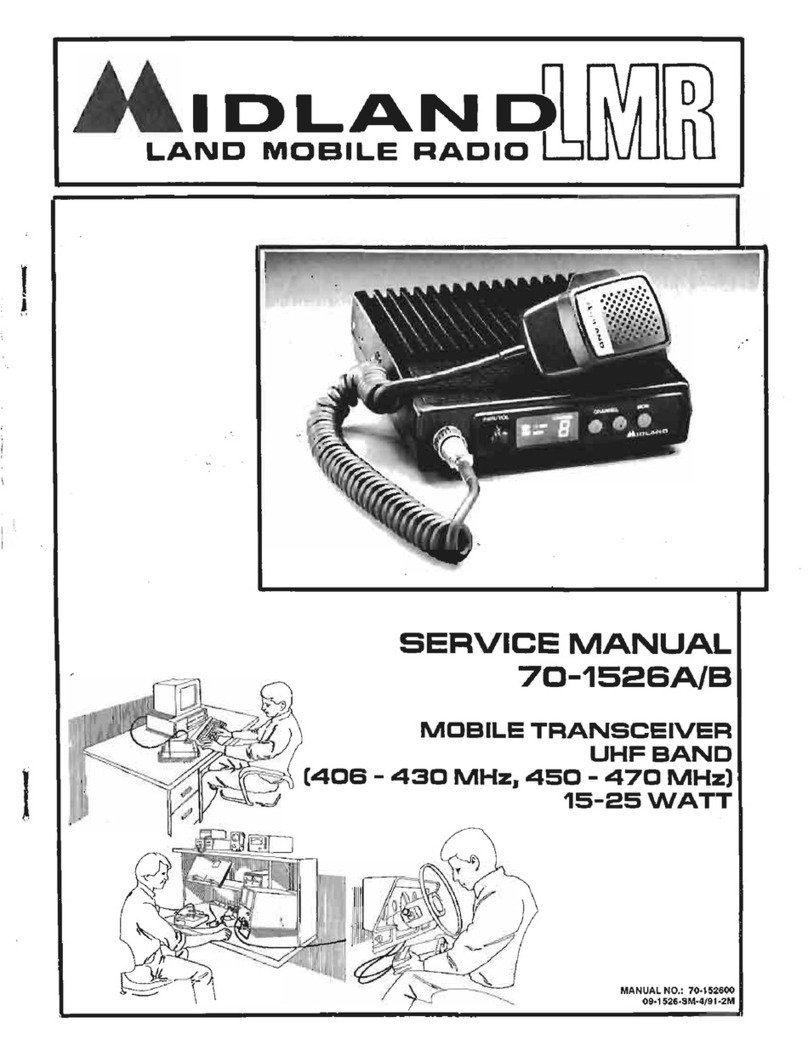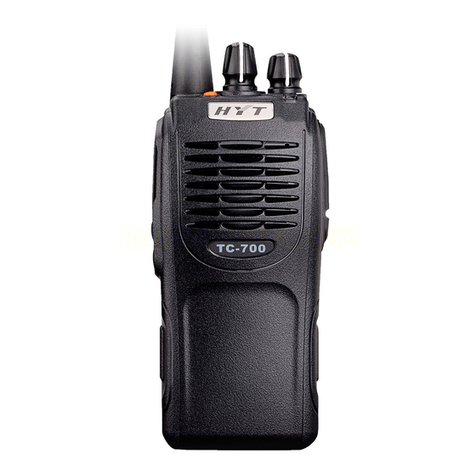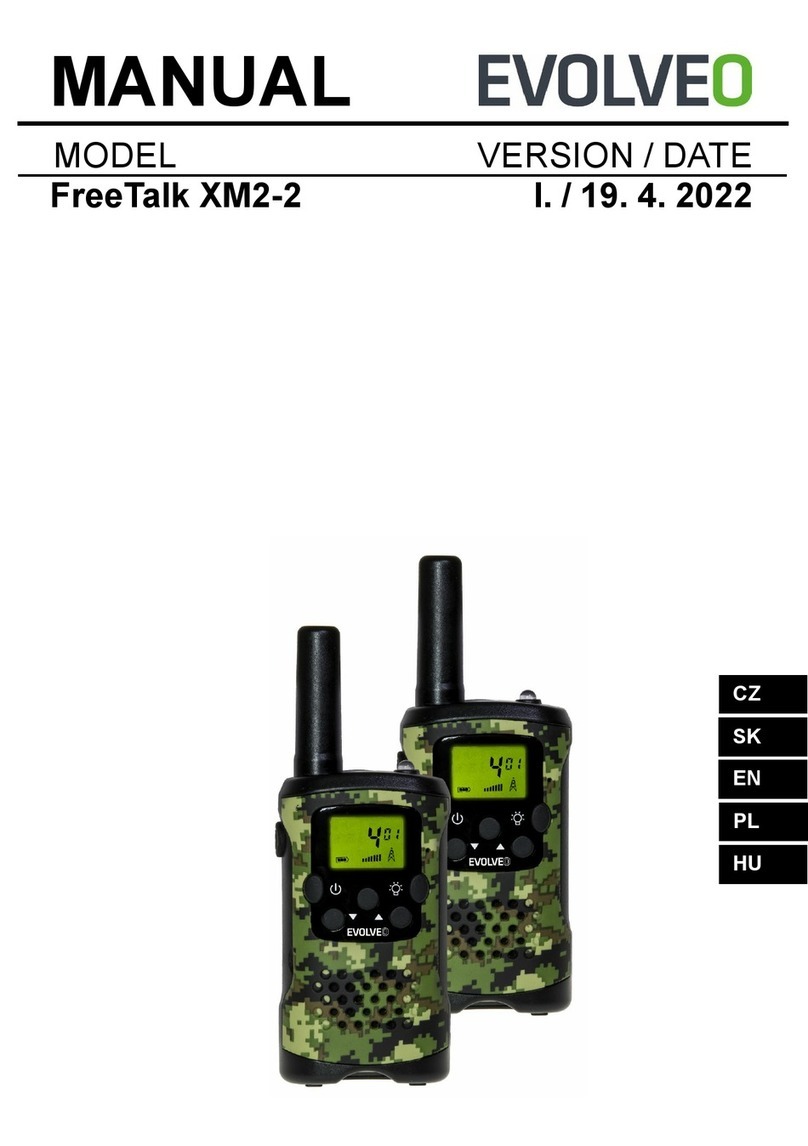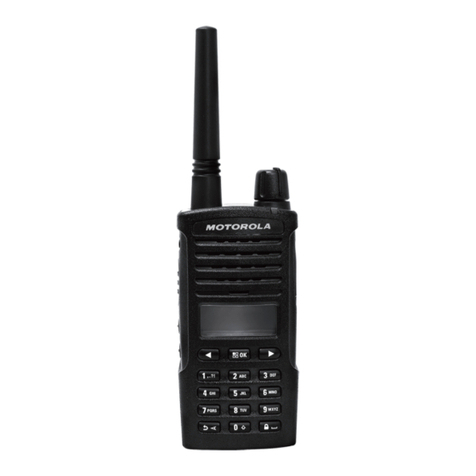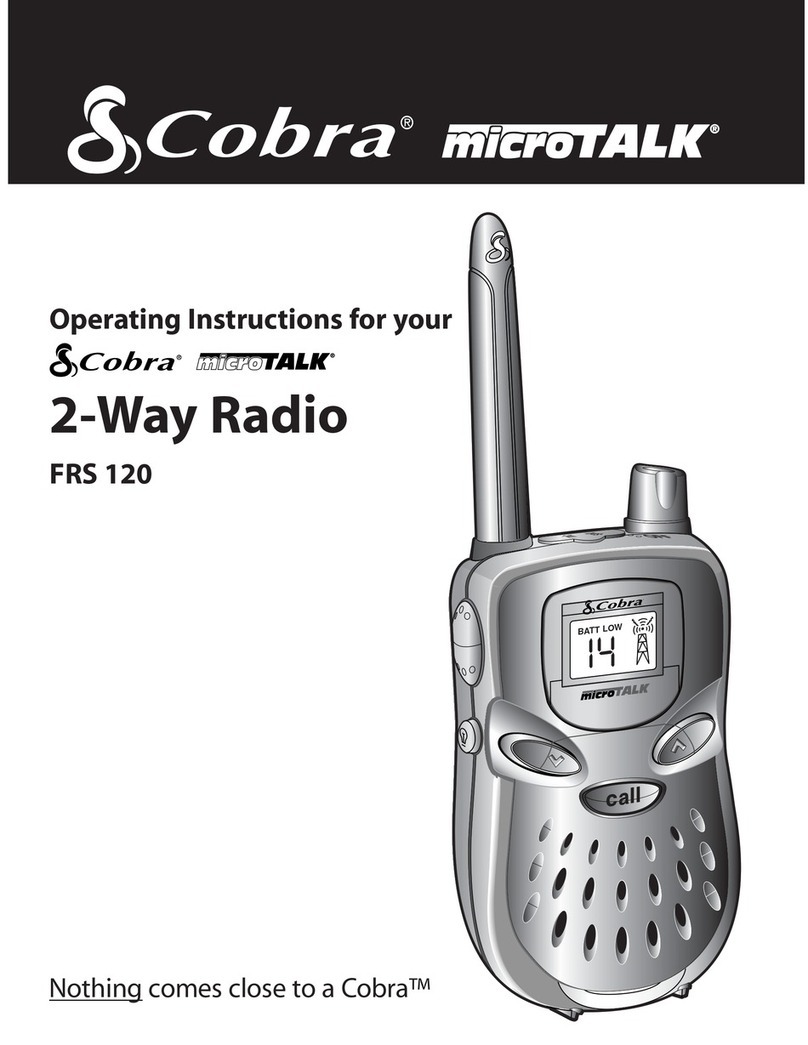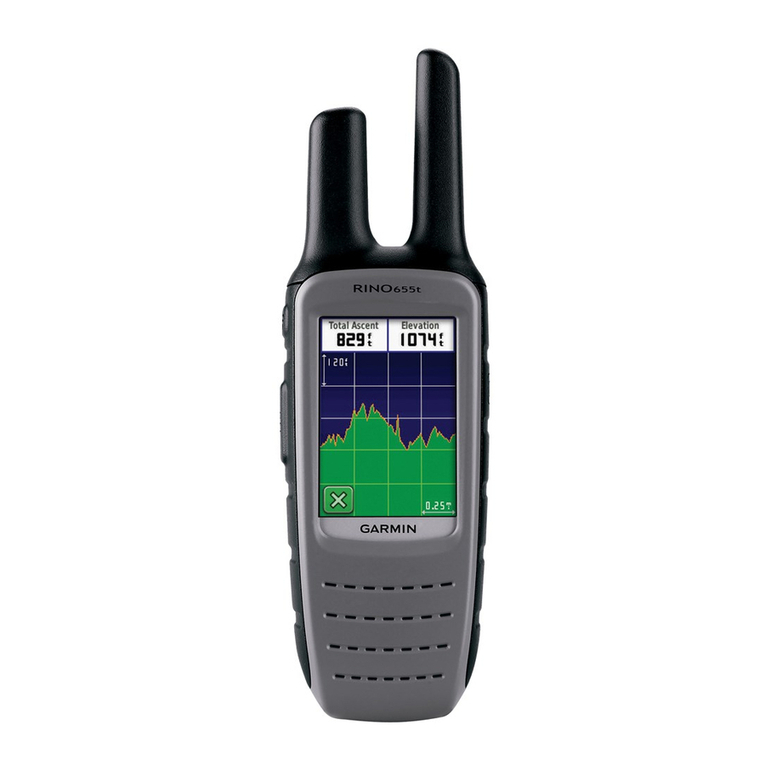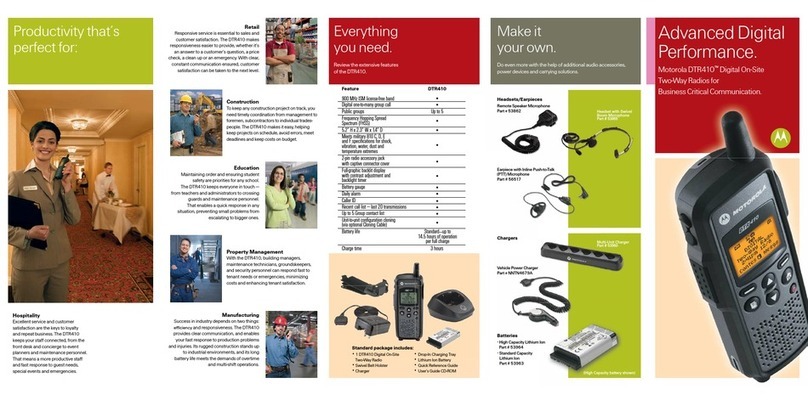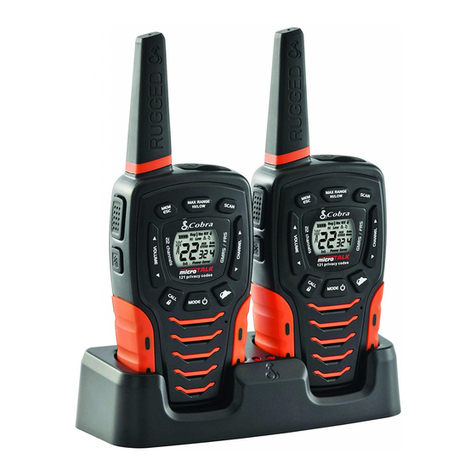
English
To the user:
Thanks for purchasing our explosion-proof transceiver.We believe it will provide great
convenience for your work and life.With novel design and stable performance, you will
experience professional and humanized design from our explosion-proof transceiver.We
believe that you will be satisfied with the quality and functions, and it will provide you with
convenient, quick, reliable two way voice communication.Please read the manual carefully
before using the product.
CAUTION
• Do not operate it in flammable, explosive or other. transceiver-forbidden places such
as petrol station, gas station, hospital, airport etc.
•Do not expose it to direct sunlight for a long time, do not place it near any heating
devices.
• Do not put it in extremely dusty, moist or splash place; do not place it on unstable
surface.
•If it emits smoke or strange odours, remove the battery from the product
immediately and contact us or the local dealer.
• Cannot be transmitted without antenna installed
• Refer service to the well-trained professional technicians only.
• The power supply of this transceiver is DC 7.4V, please use RT56 7.4V 1800mAh
Li-ion Battery as configured. DO NOT repair or disassemble by yourself. DO NOT
charge battery in explosion-proof locations.
•This transceiver should be charged by configured adaptor. Do not use batteries
other than those provided by sup-plier.
•Do not expose it to direct sunlight for a long time, do not place it in environment
near any heating devices with temperatures below -20℃or above +40℃.
•If it emits smoke or strange odours, remove the battery from the product
immediately and contact us or the local dealer.
•Cannot be transmitted without antenna installed, or the devices will be damaged.
•Do not operate it and power off in flammable, explosive environment.
• MAKE SURE transceiver antenna, earphone jack cover and battery cover are dry
before attachment. Exposing the inside of the transceiver to water will result in
serious damage to the transceiver.
•Do not put the battery separately in the water or contact with wet material. Do not
short circuit the battery. DO NOT ATTACH, REMOVE OR CHARGE THE BATTERY IN
EXPLOSION-PROOF LOCATIONS.
1
